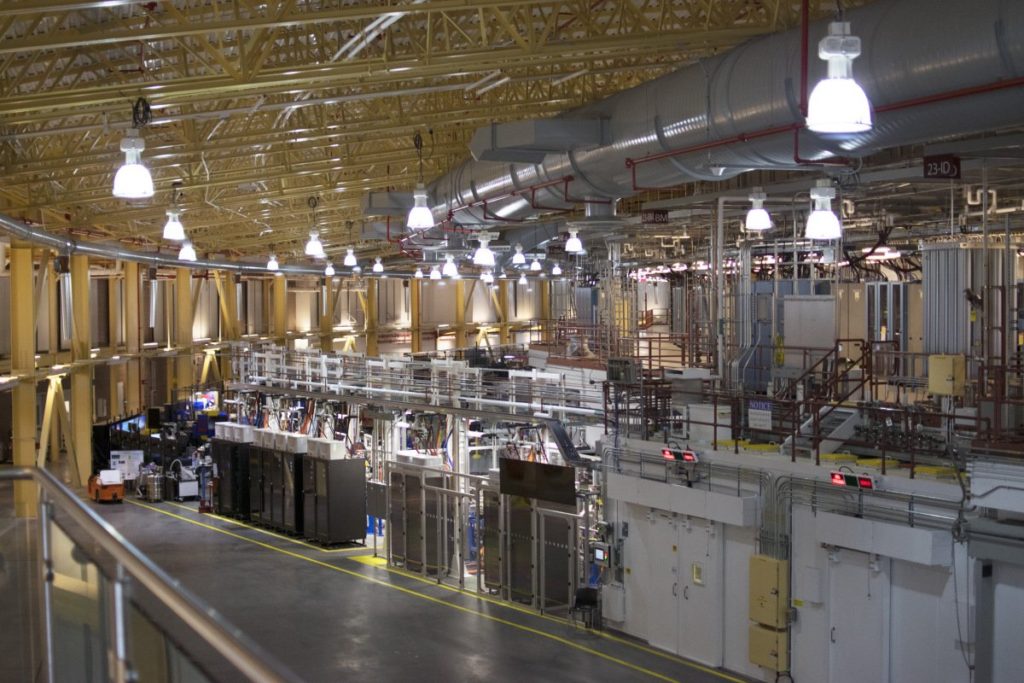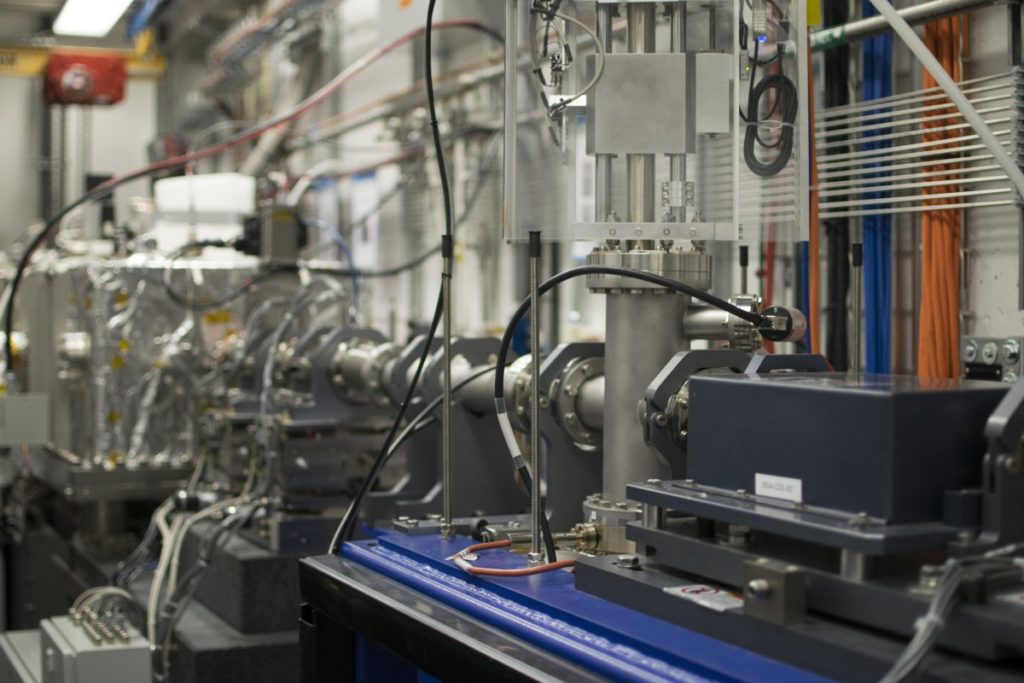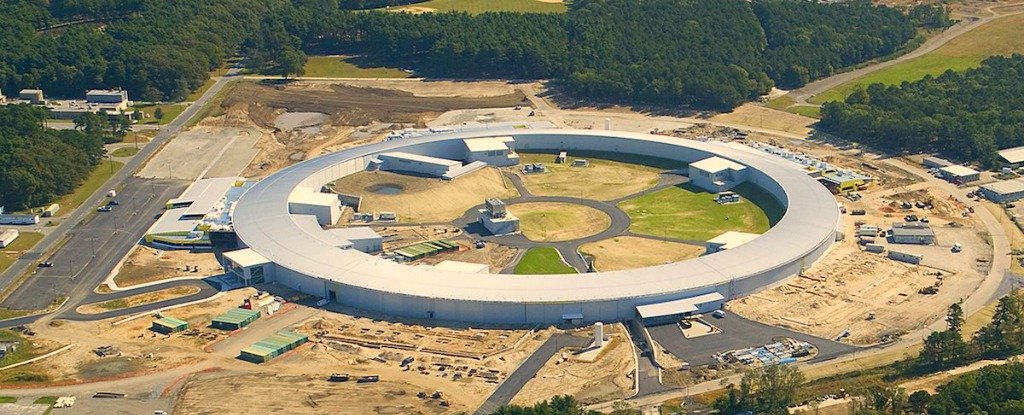Across the globe, there are more than 30,000 particle accelerators that are used for a variety of different uses. Some of these machines, such as one called the Large Hadron Collider (LHC) have the ability to accelerate particles to nearly 100% of the speed of light. Another of the world’s most advanced particle accelerators is housed in Brookhaven National Laboratory in New York and is called the National Synchrotron Light Source II, or NSLS II for short.
The powerfulness of the NSLS II allows researchers to carry out a range of important research such as developing better drug treatments, building more advanced computer chips, and analyzing pretty much anything. During the acceleration process, the electrons move so fast that they lose some energy in the form of radiation. When this bright light is focused onto a small spot, it allows the scientists to probe matter on an anatomic level.


The way in which the NSLS II works is by an electron gun generating electron beams and feeding them into the linac (linear accelerator). In the linac, the electrons are accelerated inside a vacuum to ensure they don’t crash into one another and slow down. From here, the electrons then enter what is known as a booster ring. This is where magnets and radio-frequency enable the electrons to accelerate to nearly the speed of light. Next, they move on to the storage ring where the electrons are steered by a number of different magnets. While the blue magnets bend the notion of the electrons, the yellow ones focus and defocus their path. The red and orange magnets both take outer electrons and bring them closer.
As electrons go around the storage ring, they lose speed slightly, losing energy as a result. However, the lost energy can be transformed into different forms of electromagnetic radiation, such as X-rays that run down beamlines into the storage ring. Although the NSLS II is still relatively new and still in its early stages of development, it has shown some promising results so far, and when finished, it should be able to accommodate around 70 different beamlines.
More News To Read











